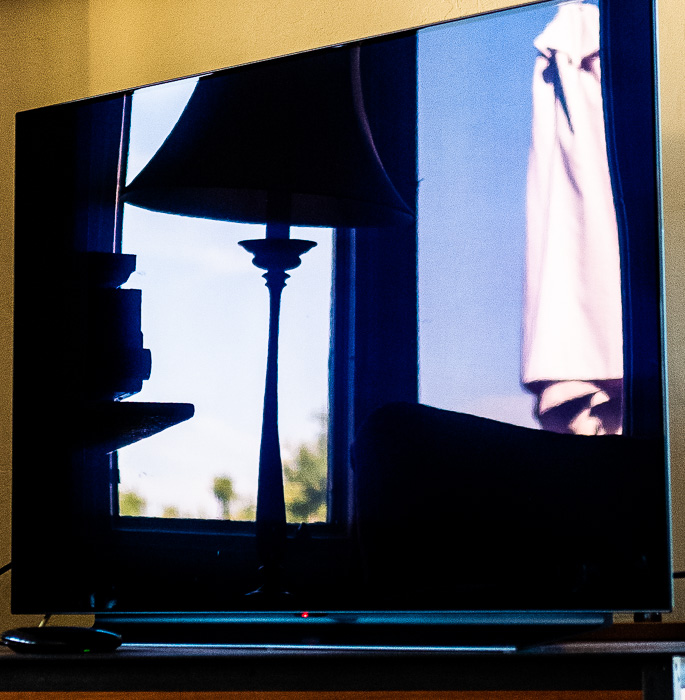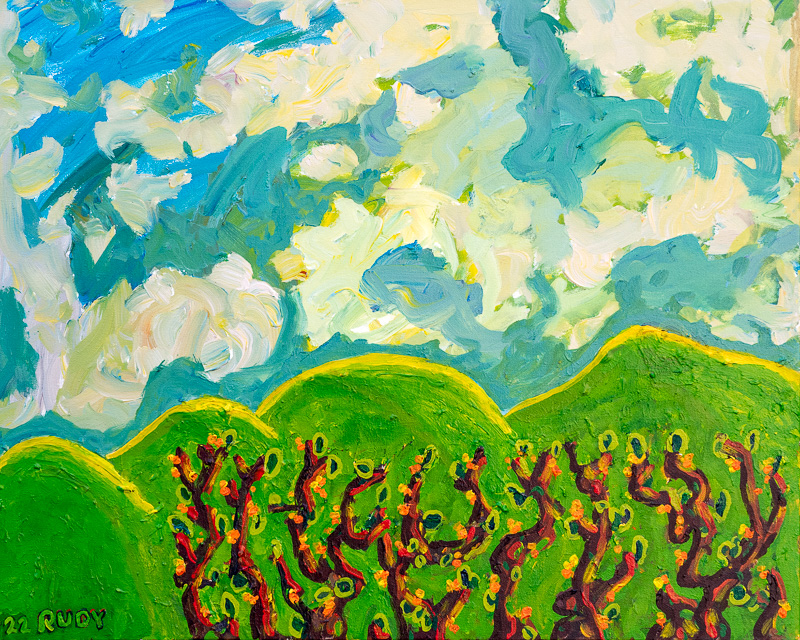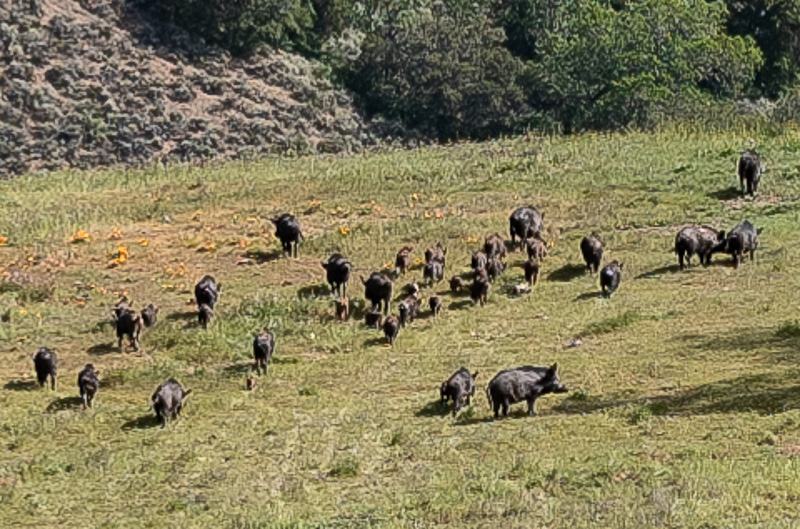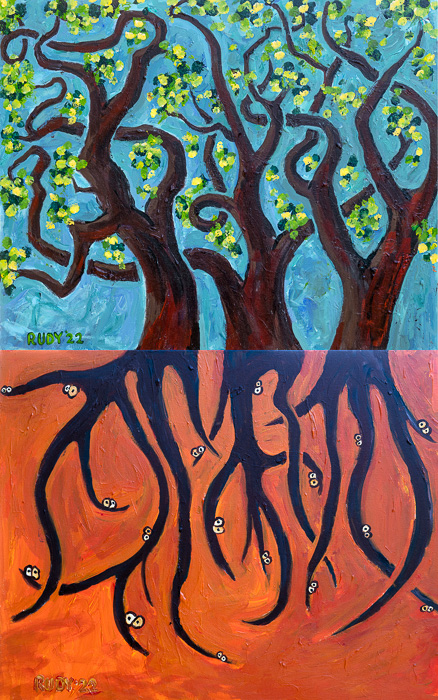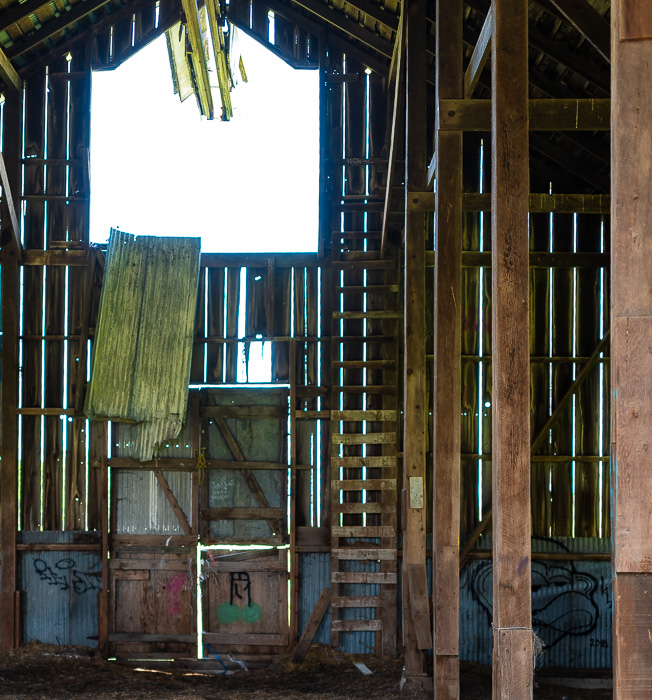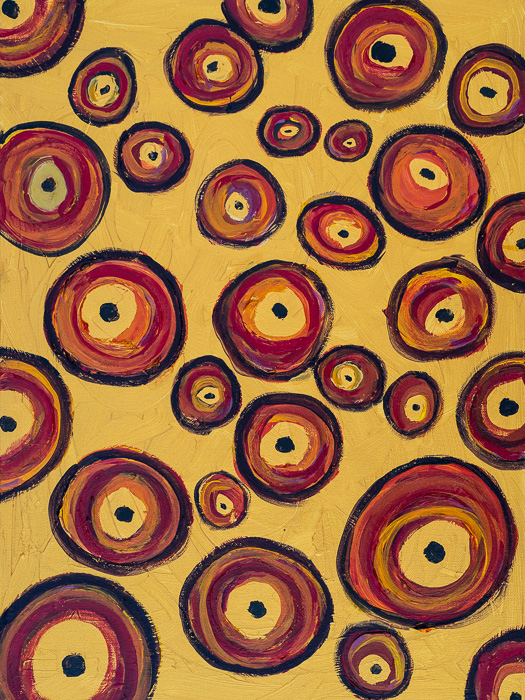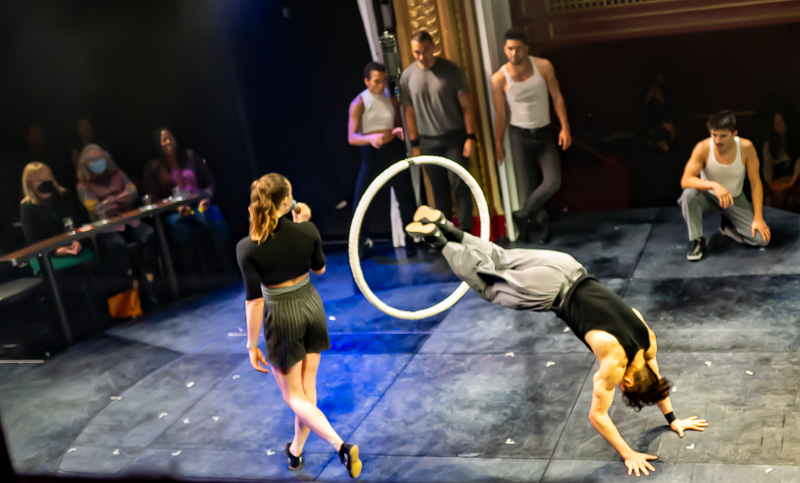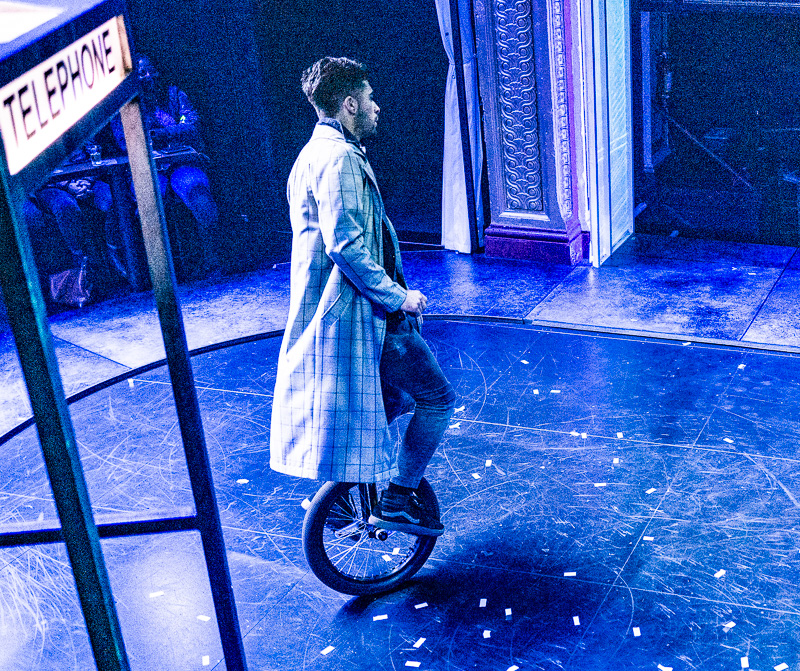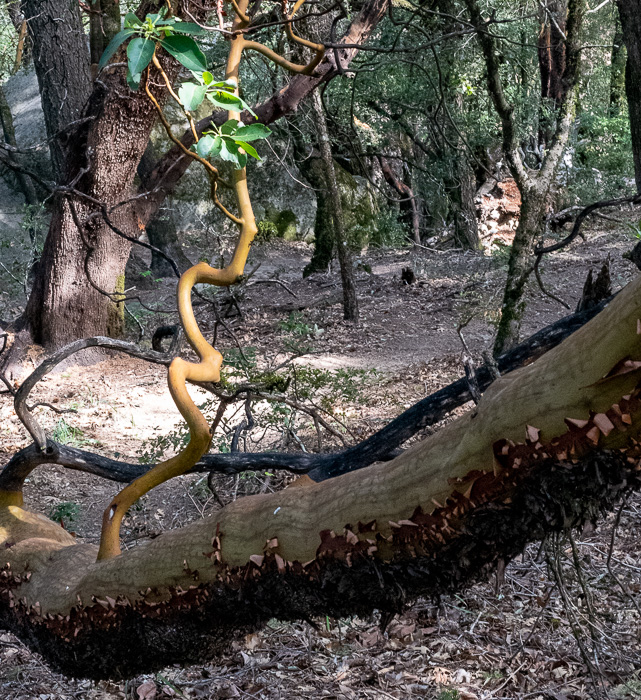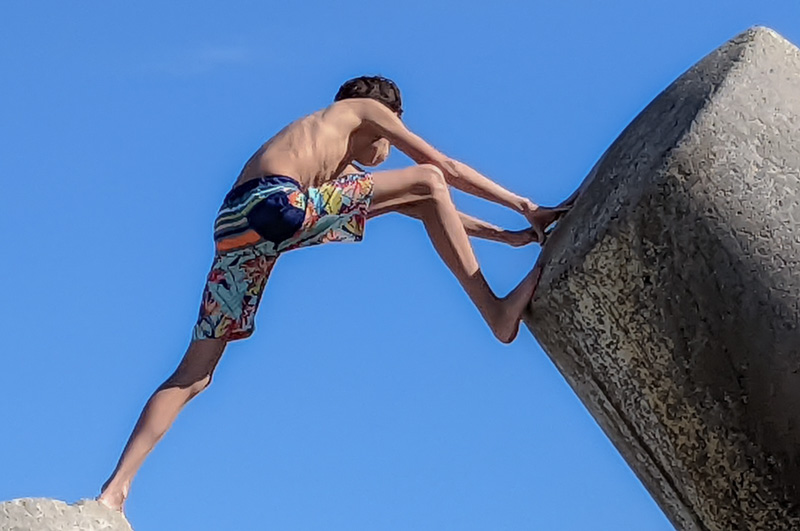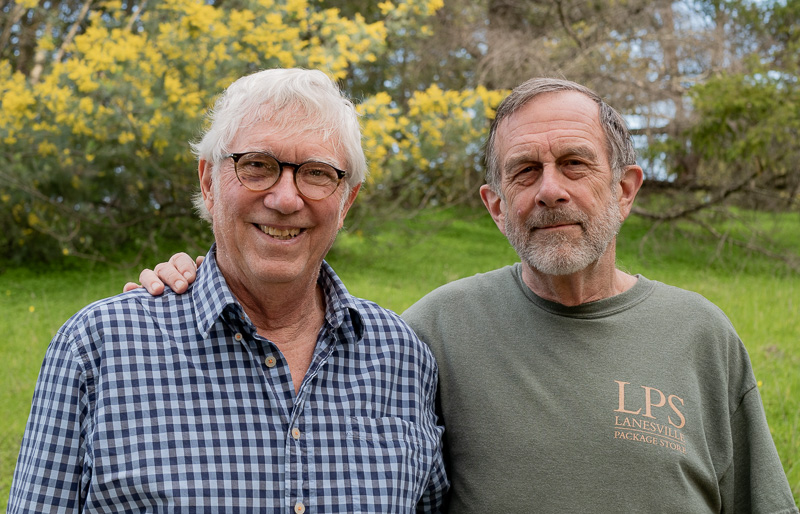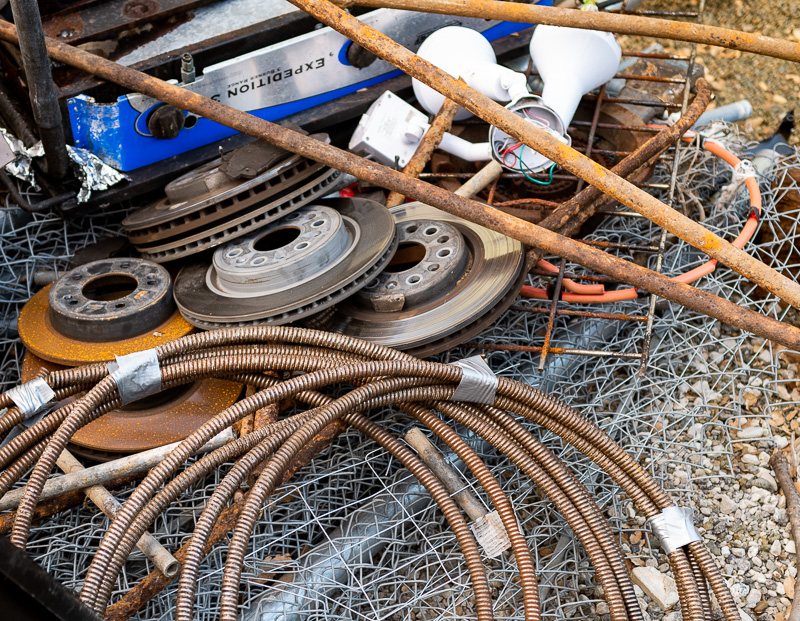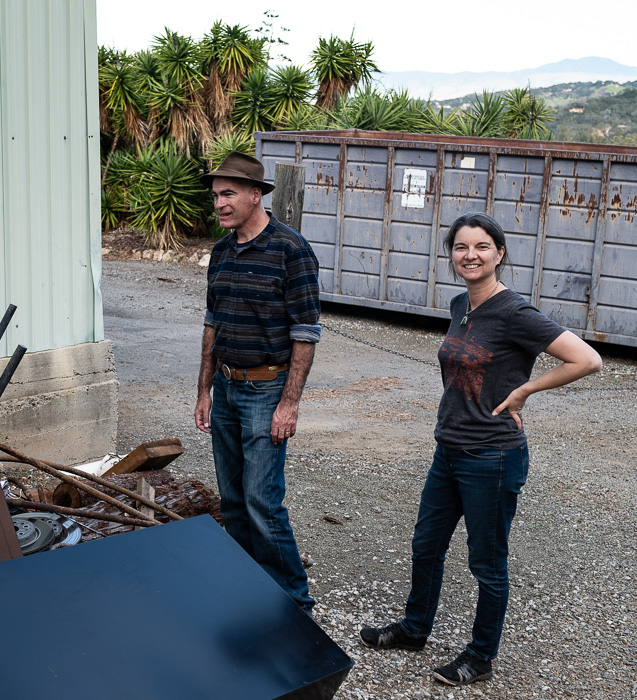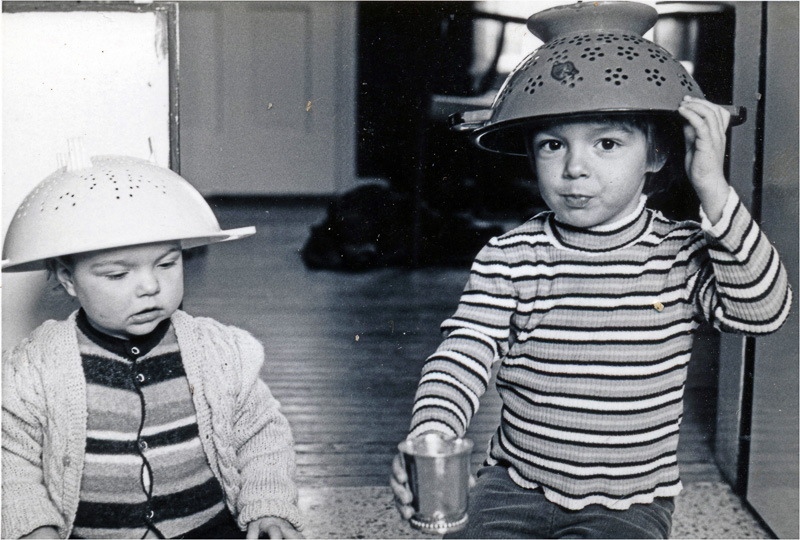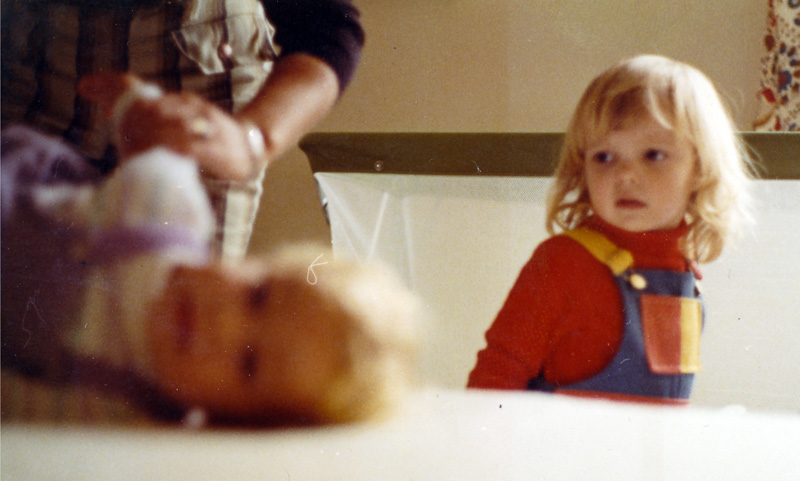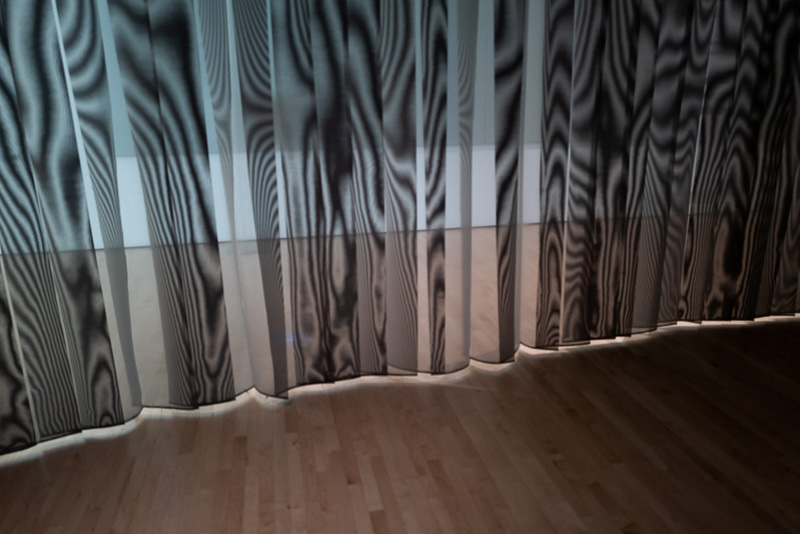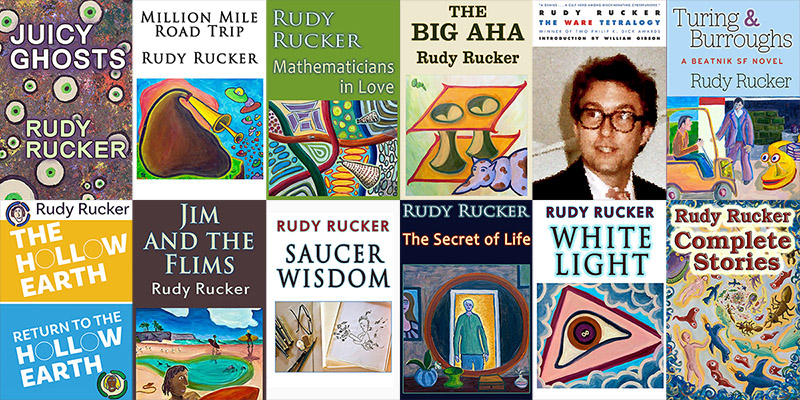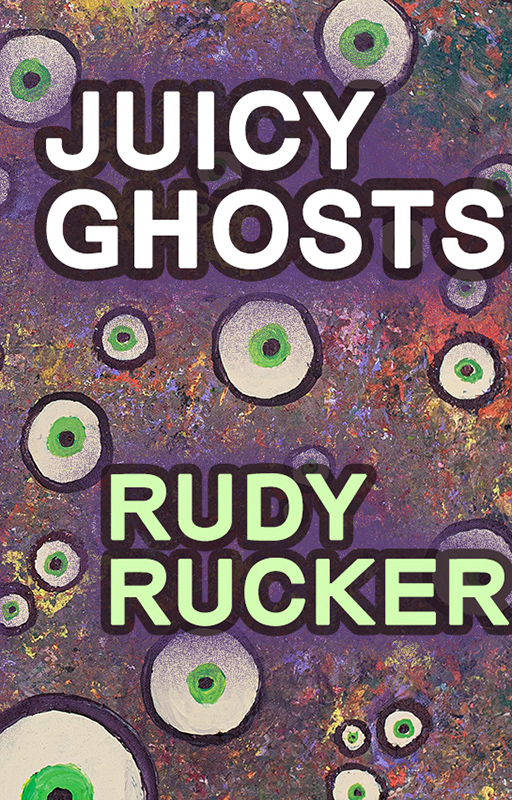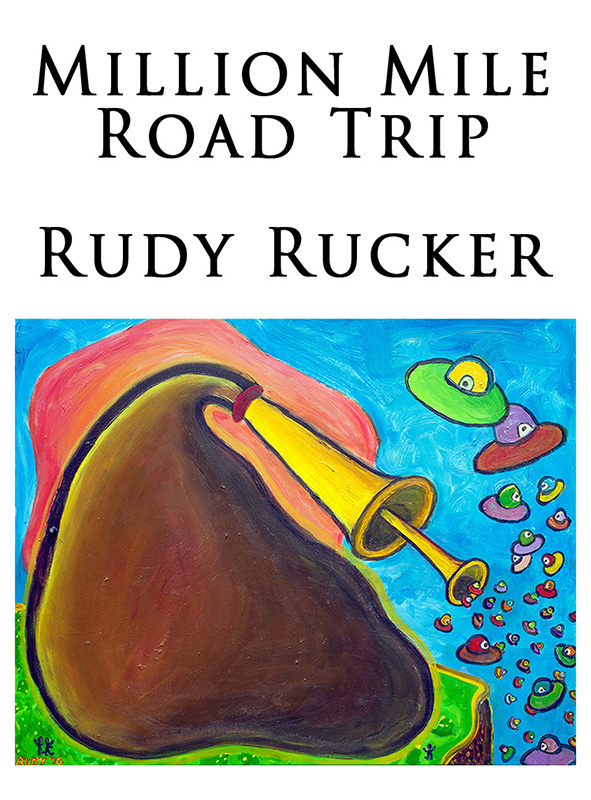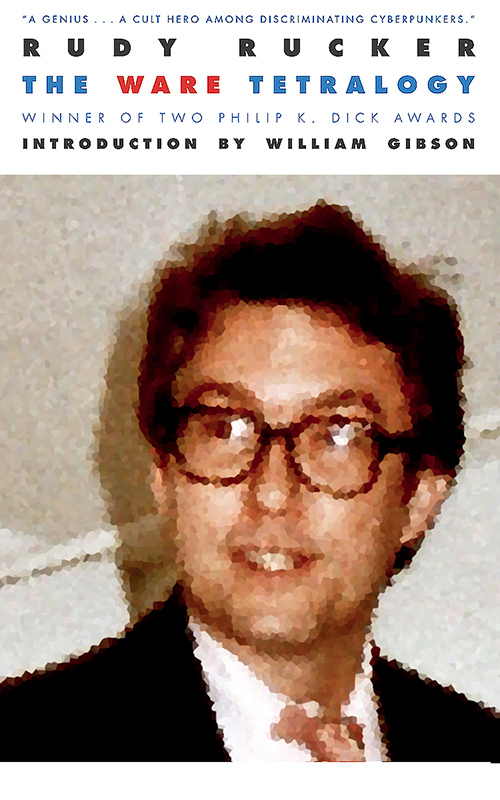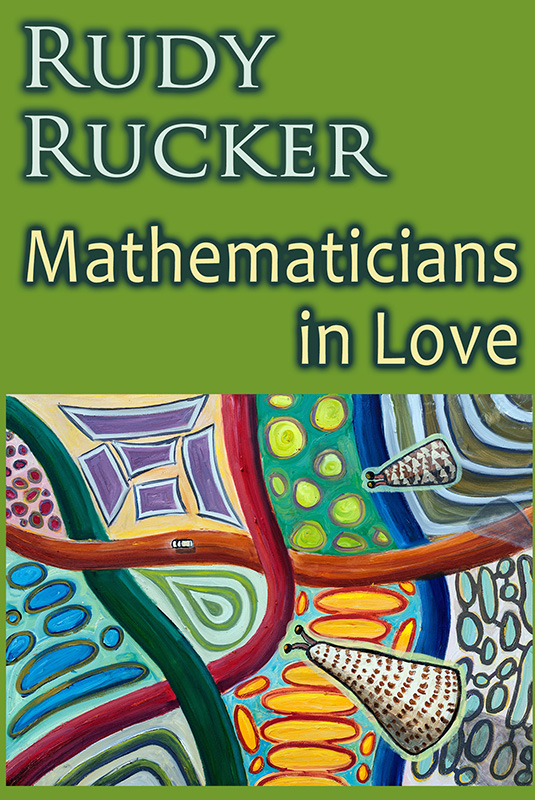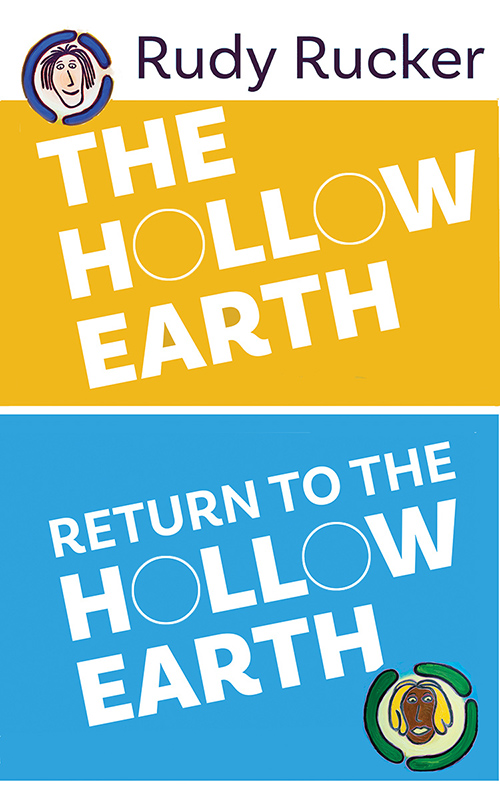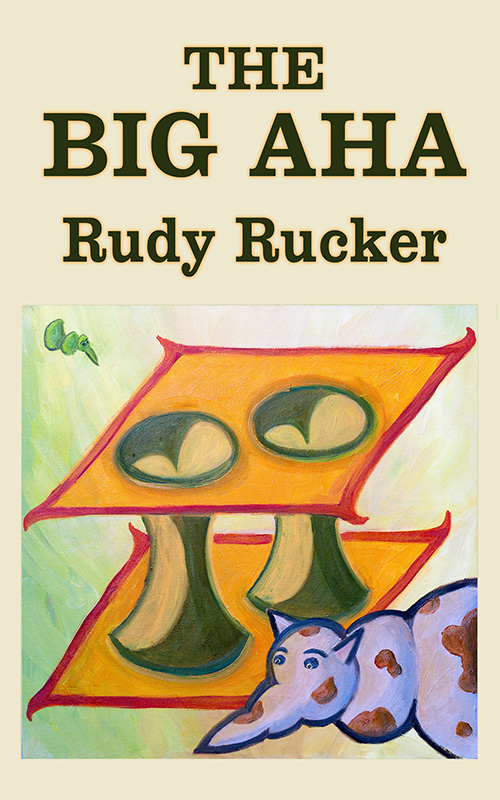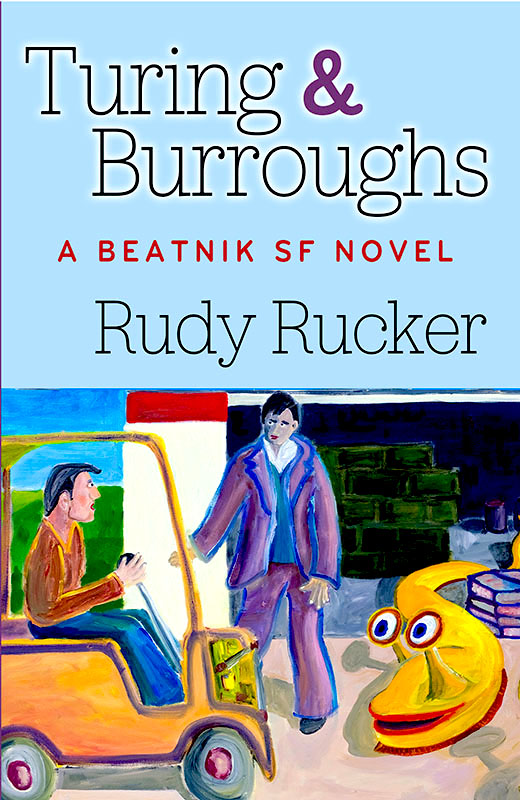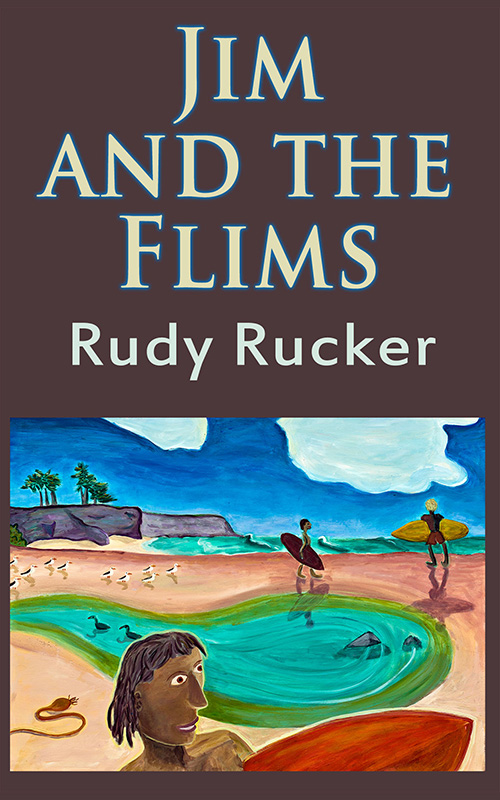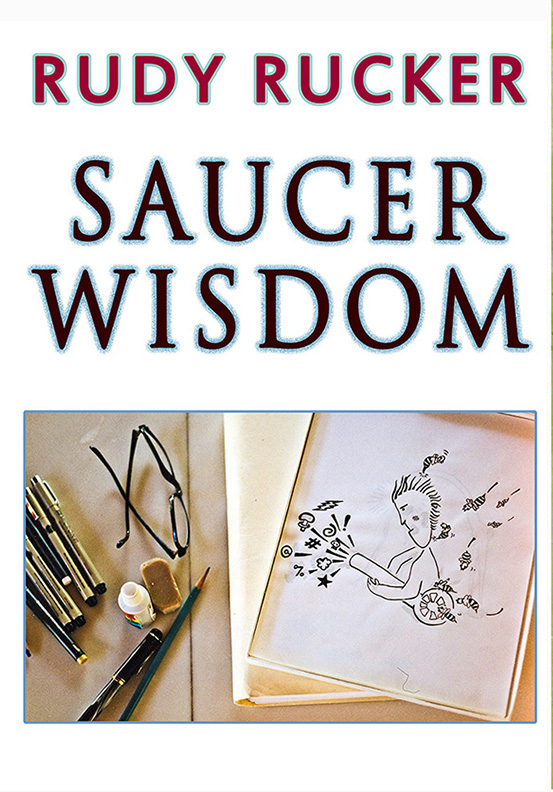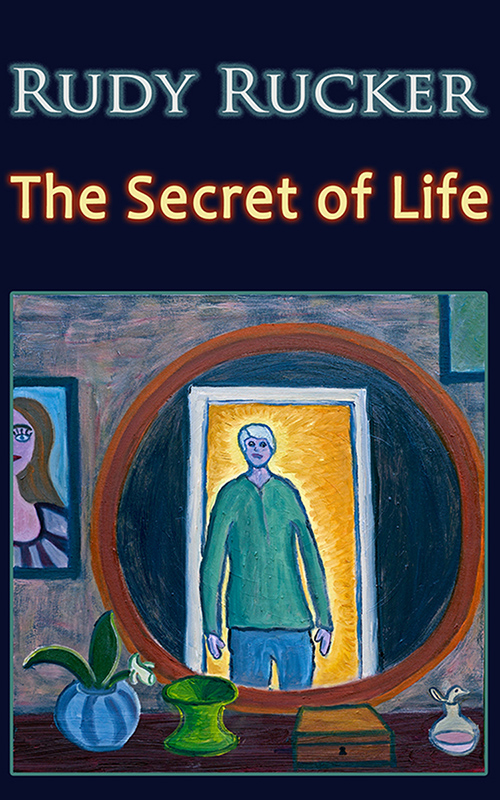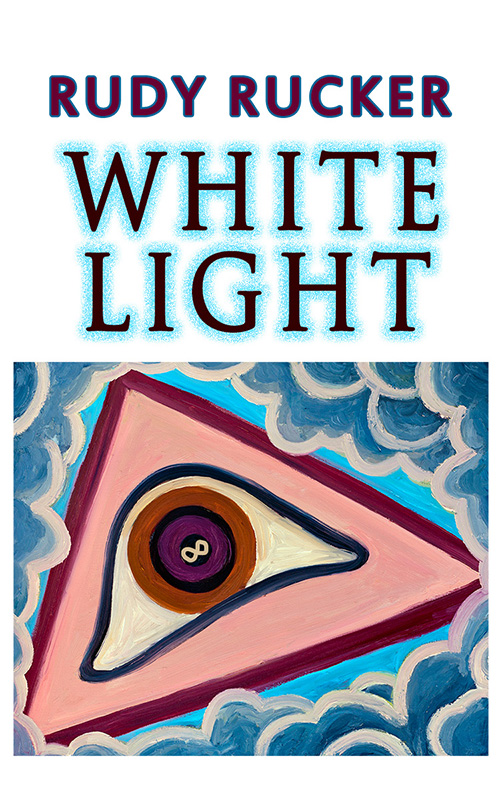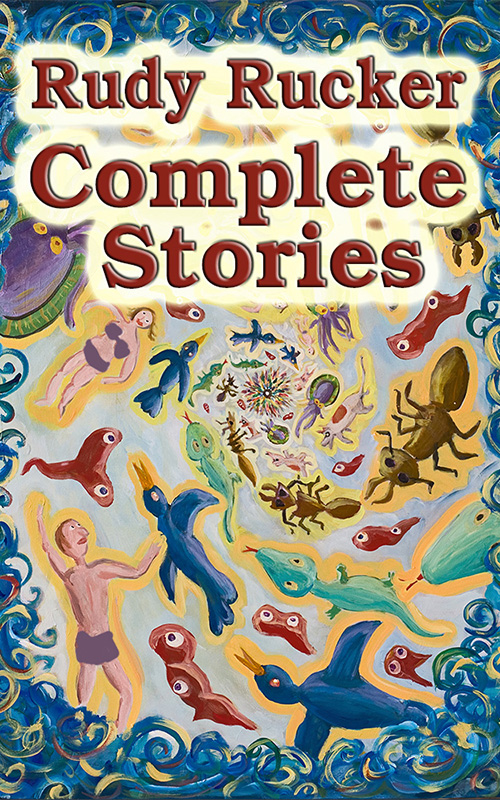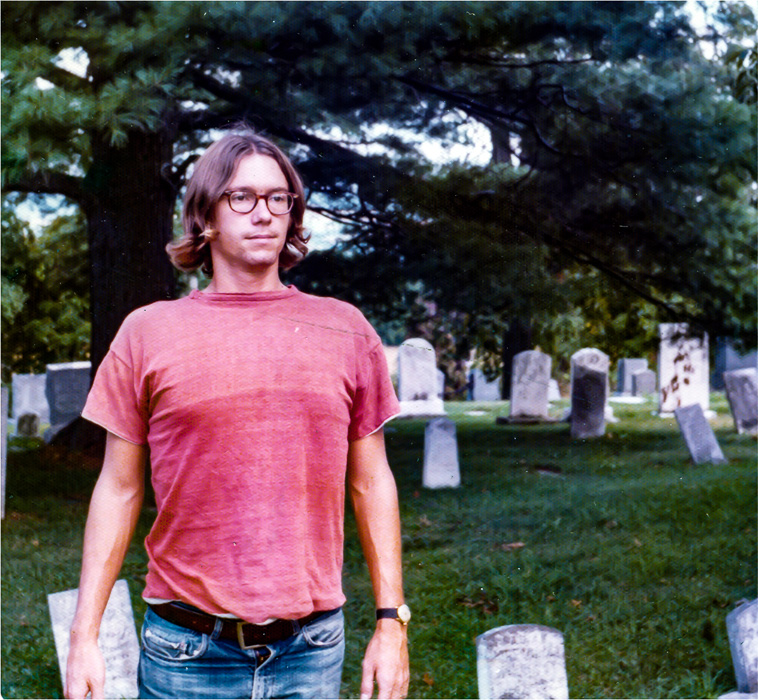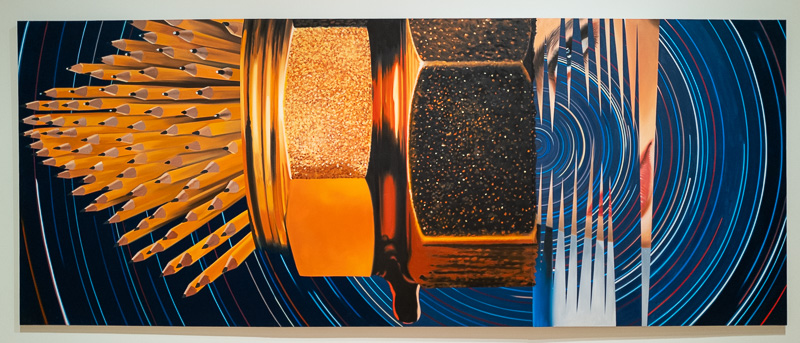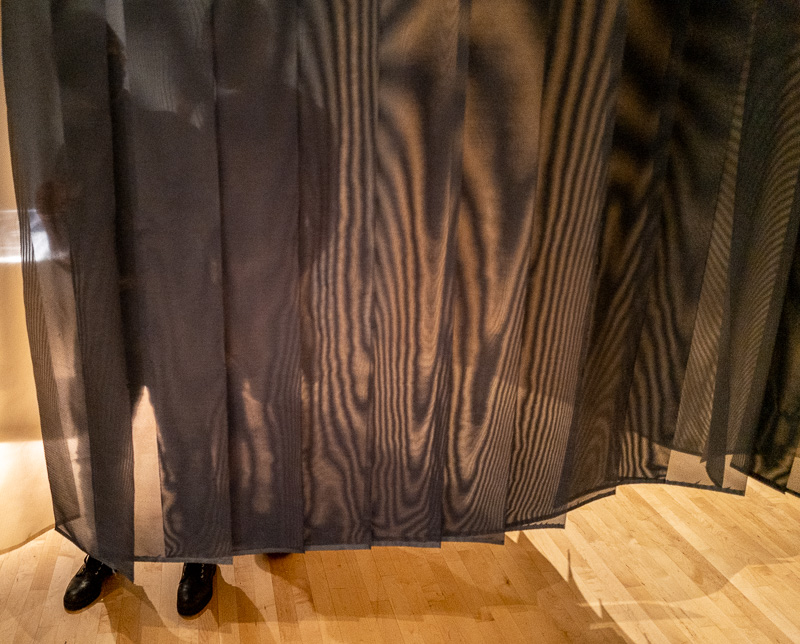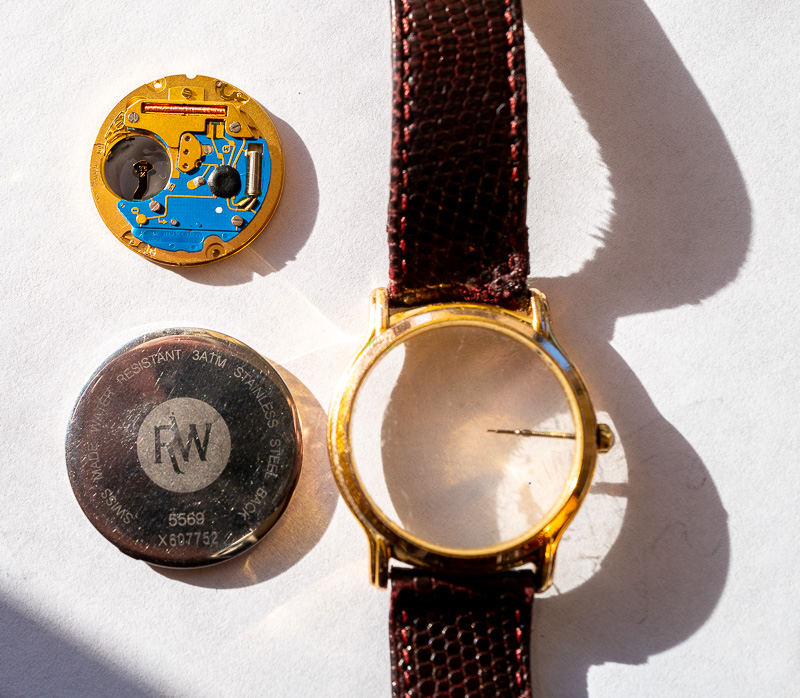I recenlty read Jennifer Egan’s great novels A Visit from the Goon Squad and The Candy House. She uses an interesting style. These novels are what writers call “fix-ups,” that is they are sequences of collaged-together stories with overlapping casts of characters.
After the fact, the writer might pretend they did this on purpose, but that’s not usually true. They wrote what they could, in whatever order worked at the time, and with much sweat and tinkering they patched the stories together. This said, when you’re doing a fix-up, the project does at some point take wings and fly and it becomes clear which chapter needs to be written next.
I know this process well, because that’s how I wrote my recent novel Juicy Ghosts…as a fix-up. And the novel I’m trying to write next is for sure going to be a fix-up.
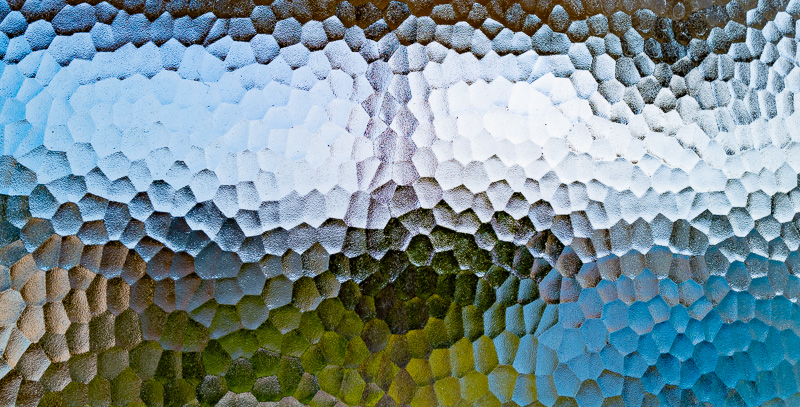
Something that makes Jennifer Egan’s books particularly tasty is that she doesn’t respect the standard first-to-last time flow. The stories aren’t in a strict order. And, in this vein, she’s sometimes introduce a character, get them going, and then tell you, almost as an aside, how the character is going to die in twenty years. As you keep reading, you get a sense of being an angelic spacetime observer, studying these little lives from a higher plane.
Anyway, the reason I mention this is that, in today’s blog, my photos are not arranged in a logical chronological order…they’re lined up in the sequence that emerged, more or less at random, from the three or four programs that I was using to prepare the images…and rather than go and correct this, I’m just going to “do an Jennifer Egan” and let the events line up as they may.
Which is a roundabout way of saying that I don’t want to rearrange them because (a) it’s too much trouble and (b) it might be more interesting this way.
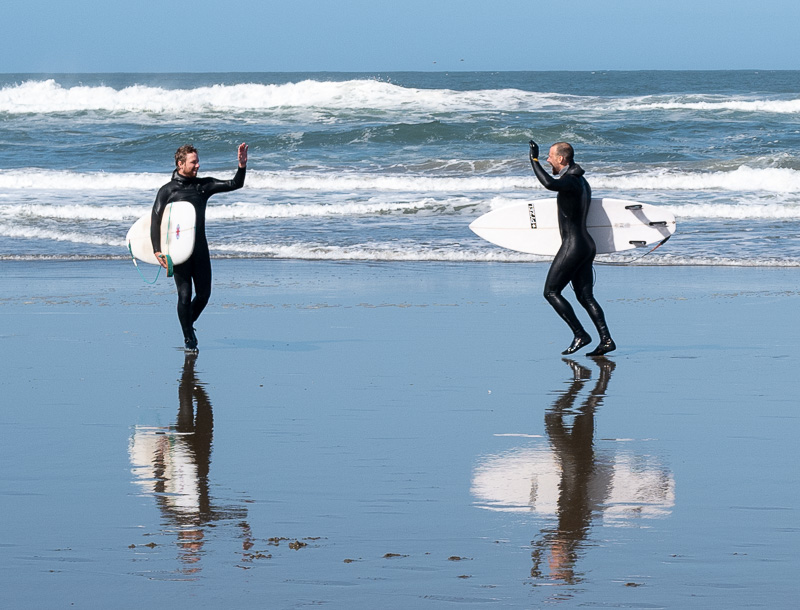
By the way, Jennifer Egan’s title for her novel A Visit from the Goon Squad is based on a line used by one of her characters, “Time’s a goon,” which is taken to mean that time is goon in the sense of a thug or underworld enforcer, a hard guy who pushes you around. And “goon squad” is a definite phrase used for groups of such mercenaries, particularly as deployed as pro or con union disputes.
But I’ve also seen goon being used to describe a clumsy fool or loser or clown. Possibly in describing time, we might think of it both ways. I mean, why would time be bullying you…time has no particular purpose or desire or program. Maybe time is just forever barging in and toppling you plans.
Time might be a bully who’s a dumb clown. Forget not the aching yearning of nostalgia. The rue over false moves. The hunger for old high points. There it is. It might be that the passage of time is an illusion. And Egan does a good job of conveying that sense.
In his novel Rabbit Redux, John Updike gets off a great line: “Time is our element, not a mistaken invader.” We’re swimming in time. Or floating. Like fish.
Re. the nature of time, here’s a relevant passage from my book The Fourth Dimension, relating my final conversation with the great logician Kurt Godel.
We talked a little set theory, and then I asked him my last question: “What causes the illusion of the passage of time?”
Gödel spoke not directly to this question, but to the question of what my question meant — that is, why anyone would even believe that there is a perceived passage of time at all.
He went on to relate the getting rid of belief in the passage of time to the struggle to experience the One Mind of mysticism. Finally he said this: “The illusion of the passage of time arises from confusing the given with the real. Passage of time arises because we think of occupying different realities. In fact, we occupy only different givens. There is only one reality.”
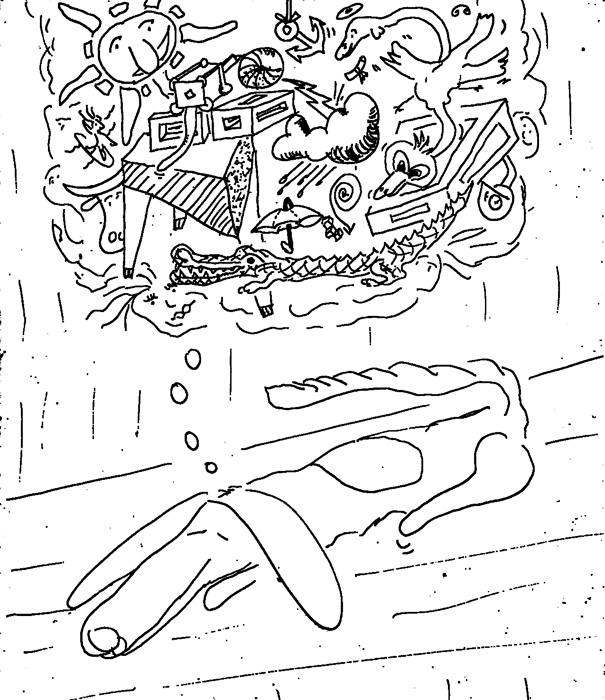
One new development is that I’ve been organizing my author archive. This means the marked-up drafts of my novels, notes for the novels, and scrapbook-type journals from the old days. Looking through one of pasted-up journals I found a funny drawing of our dog Arf sleeping and having a dream, shown above.

228. Arf’s Dream. Acrylic, 30″ x 40″, May, 2022.
I decided to turn Arf’s Dream drawing into a (considerably simpler) painting. The painting I stuck to the things that a dog would for-sure dream about, that is, dogs, other animals, flies, and fleas. And we have lots of small fence lizards around these days. The cow is an extra, as our daughter Isabel, who lived for awhile in Wyoming, had an Arf-like dog named Rivers. The star of the dream is a cute pink poodle.

Here’s our beloved underground artist friend Paul Mavrides. Sylvia and I hadn’t seen him since before the plague, but last month we dropped in on him in SF. Was so nice to see him face to face. We walked around his neighborhood with him—near Valencia and 20th Street—which I hadn’t done for a few years. Kind of stunning how gentrified it is. The formerly crumbling buildings are all tidied-up and covered with fresh paint. Bizarre. The sidewalks are new, and the people on them tend to be tech-ish 30-year-olds, quite unlike the scurvy old dreamers like Paul and me. The nearest coffee shop was full of bright pastel plastic tables and chairs, with a giant printed menu on the wall. So weird. The Future!

On another visit to SF we watched granddaughter Jasper peform with her dance school, in a hall at For Mason. Wonderful views of the GG bridge before and after the show.

The other day Sylvia and I were on Angel Island and one of rangers told us that they named this strait “the Golden Gate” because of how it looks as sunset. This was even before the Bridge.
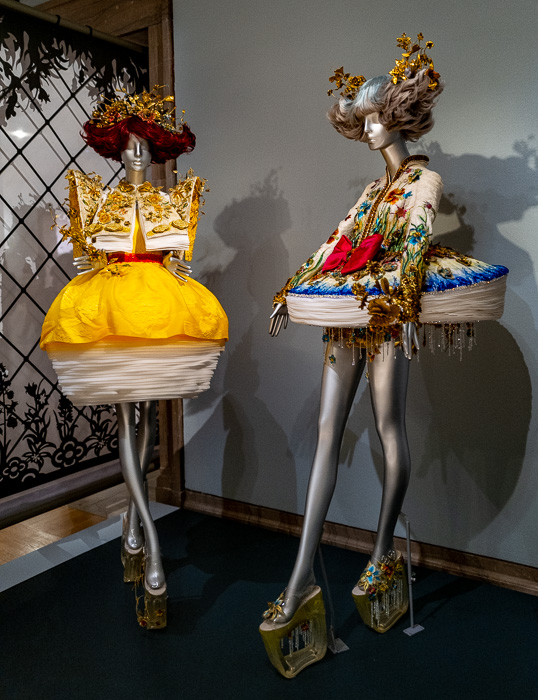
We saw a very cool show by the couture artiste Guo Pei in the Legion of Honor museum in SF. She’s from mainland China, kind of nice to see, as we know so little about high modern art in China. Although by now she has a shop in Paris. Those shoes, by the way, aren’t resting on display props—that’s just how high their soles are. And dig those cake-frosting skirts.
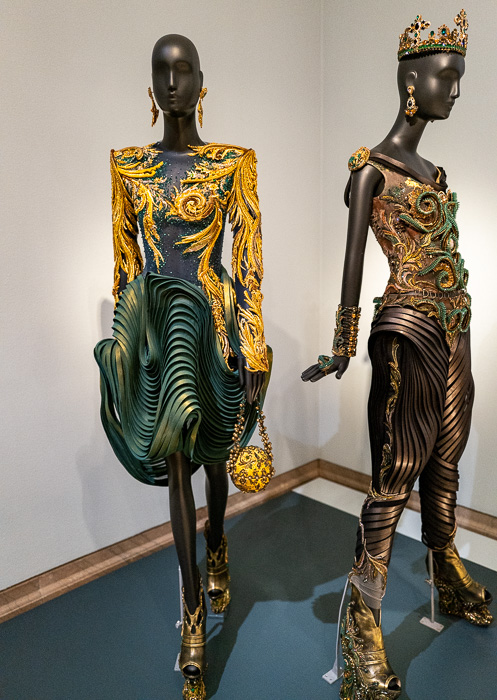
Another Guo Pei…I think these dresses are made of strips of leather, or maybe of plastic. Why do we worry about meeting aliens from other worlds, when we’ve go so much going on right here.

Nice to see such a happy, friendly mummy. It’s all good. Where is when?
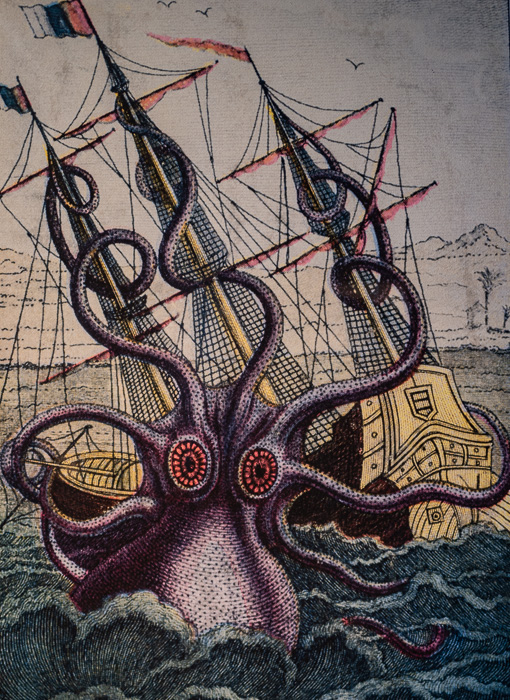
Another week, we hit the Monterey Aquarium. They had a couple of shows on (a) the Deep and (b) Tentacled creatures. Sadly these two shows were pretty crappy; the overwhelming majority of the displays were—hello?—video screens rather than animals in tanks. I did love this old old print illo, though. Our friend the ship-eating Kraken.
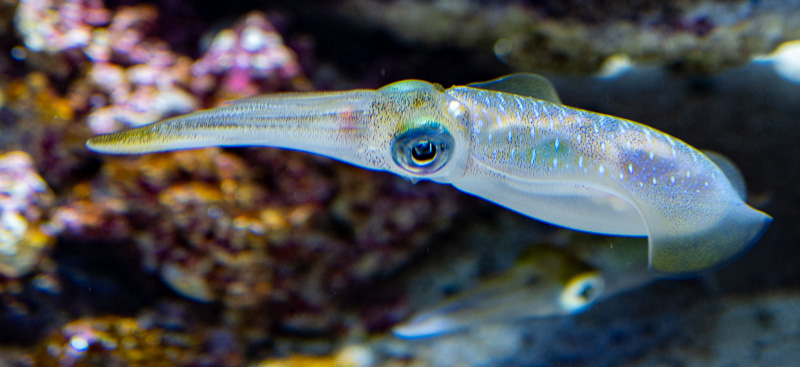
And I dug this little guy, one of my totem animals, the cuttlefish. Or maybe she’s a squid. I love how demure and tidy they look when the bunch up their tentacles into a point.

Speaking of screens, here’s Sylvia lit by one. I love the Georges de La Tour quality of the image; I’m talking of the 17th C painter who’d get intense chiaroscuro effects by posing a model near a small flame in a dark space. We had a great room at the Seven Gables Inn in Monterey overlooking the bay.
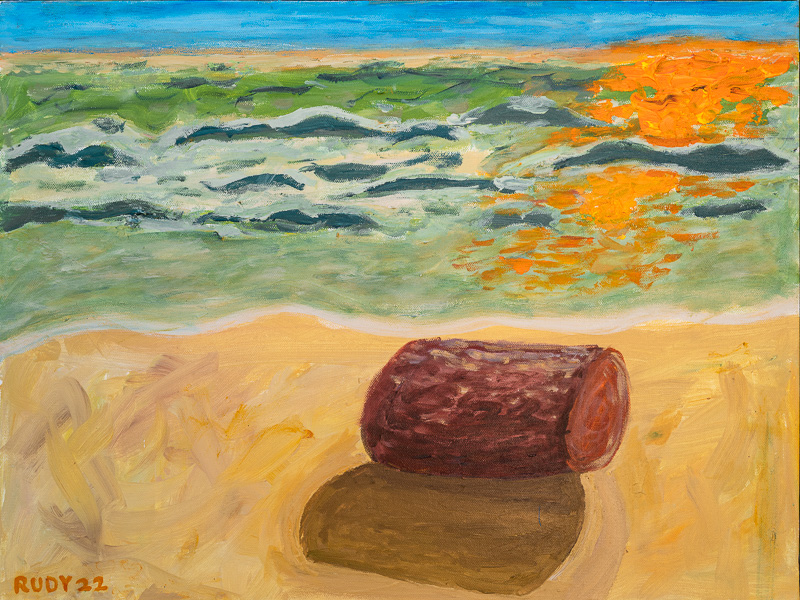
226. God is a Log. Acrylic, 24″ x 18″, May, 2022.
Based on a photo I took. The isolated log os on the Santa Cruz beach. I rolled the log into the surf a few times, and eventually it always came back out. Something about the individuality of the log struck me, the “thingness” of it. And, being the kind of person I am, I thought about the notion that god is in every object, everywhere, all the time. God is a log!
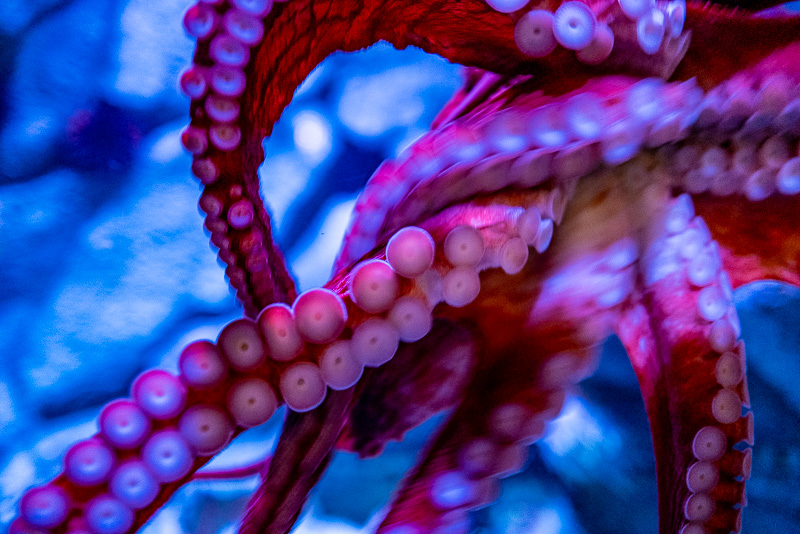
Here’s a good honest for-sure octopus. I’ve heard it said that in some sense a lot of her brain is in her tentacles. So much distributed computation going on to move those incredible things around.
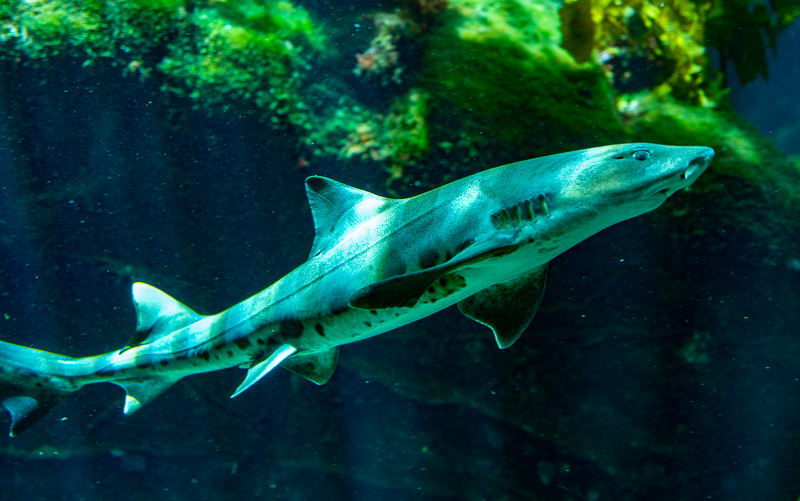
And a shark in the Monterey Bay Aquarium’s giant kelp tank, which is a great as ever. When I was teaching at San Jose State, I had student who was a SCUBA diver and he had a job swimming in the tank and squeegeeing the windows from the inside.

Bikes for rent. I love beach businesses. So catch-as-catch-can, so sandy.

Lover’s Point at sunset with the giant bonsai of the Monterey pines.
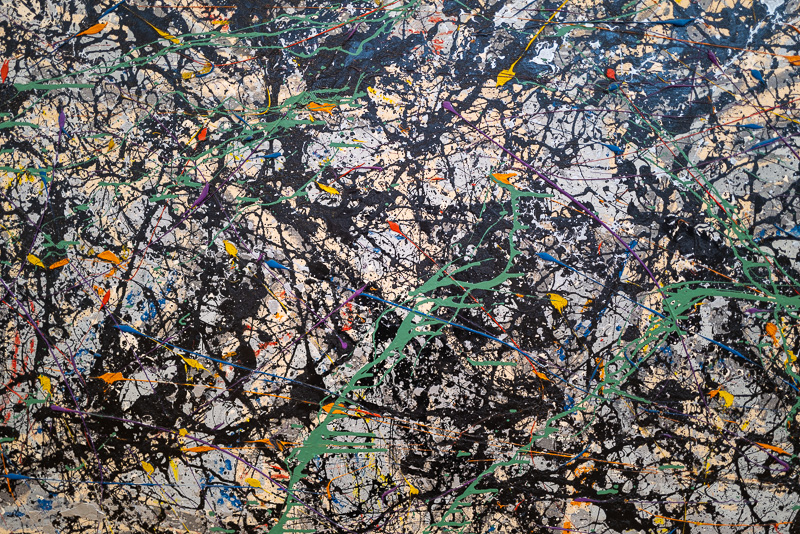
We always like visiting the Anderson museum on the Stanford campus next to the Cantor Museum. They have a particularly nice Jackson Pollock, Lucifer from 1947. Funny how nobody else ever really adopted this style. Uniquely his. I like to look at it for a long time. It’s so much subtler than one might initially think. So hard to dance this web of chaos.
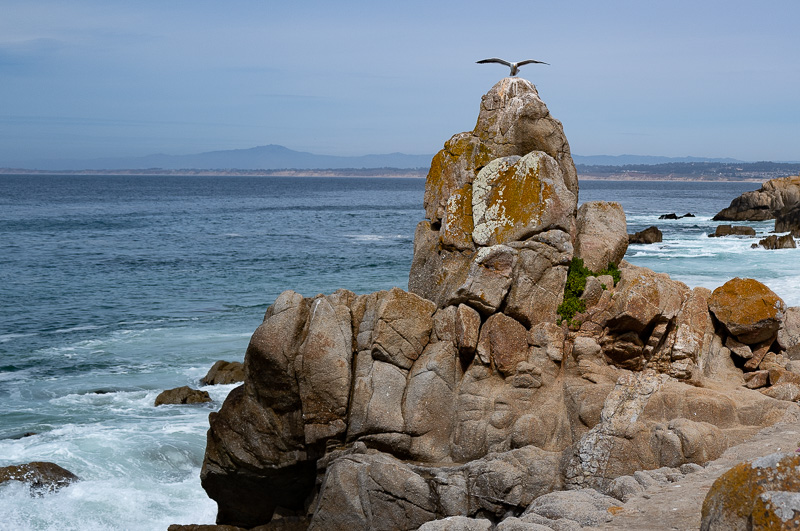
Classic shot. The bird brings the stone to life.
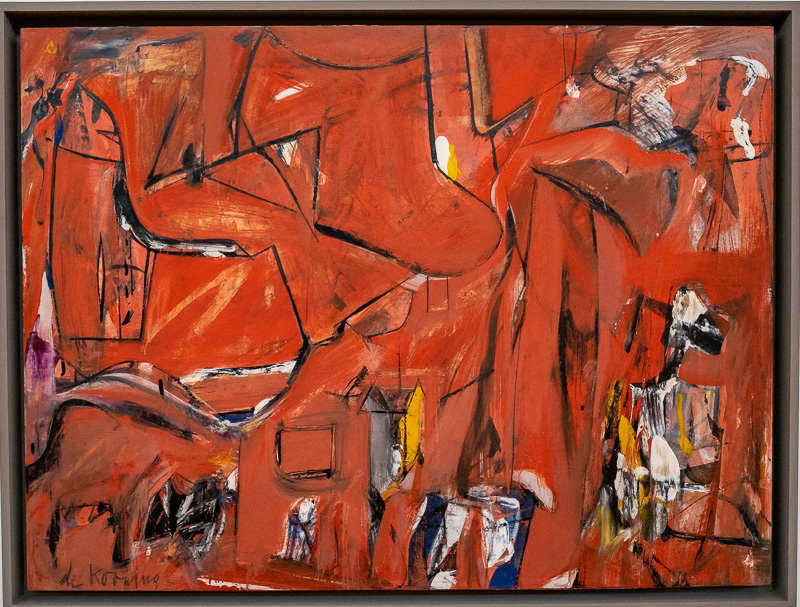
A Willem De Kooning, Gansevoort Street 1949, from the Anderson collection. Particularly fine, with rich color and animation Resisting any attempt to tidy it up and flatten things out. So nice when there’s extra colors at the edges of areas. This is the one we’d take home.

The Stanford Cantor Museum has this big wardrobe kind of thing with glass cases an with drawers you can open. All full of exquisite bric-a-brac that the Leland Stanford family accumulated. Here’s a quadruple hourglass. Like…why? Days, hours, minutes, and seconds? Different time zones? To be passed out to synchronize?
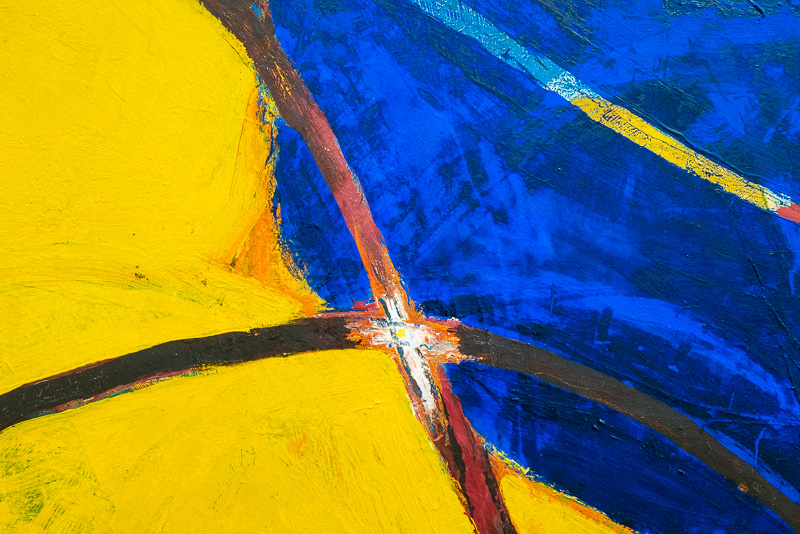
I know I’m overdoing it with photos of art…definitely it’s a case of shooting fish in a barrel. This is a piece of a painting called January 1977 by Frank Lobdell. Such yummy colors. I learn so much about how to paint by looking at paintings.
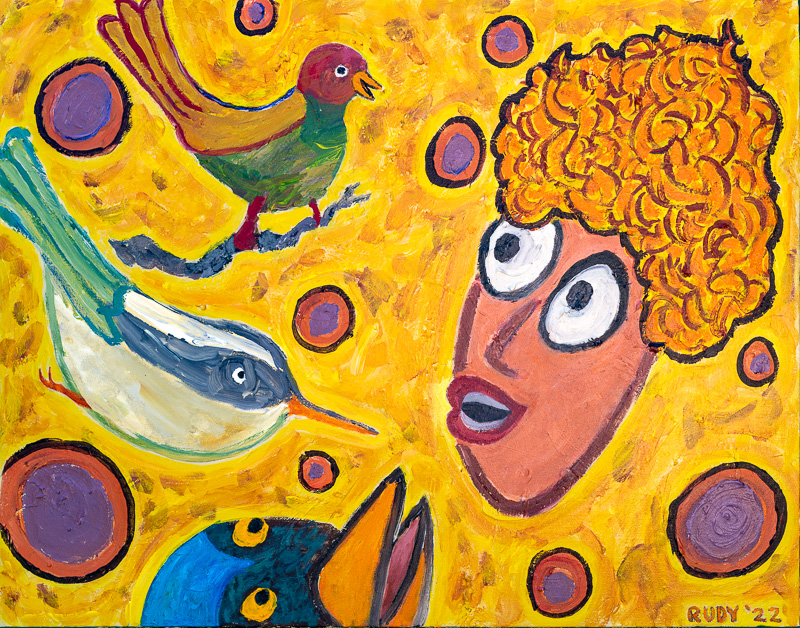
226. Birding. Acrylic, 28″ x 22″, May, 2022. I wanted a “bird” painting. We had a birdfeeder outside our bedroom window, and I’d been looking at the birds a lot. Very loosely speaking, these three birds, top to bottom, are a junco, a nuthatch, and a blue jay. Plus an ungendered birdwatcher. For whatever reason, this painting took me a long time, with about seven layers. And then a couple of weeks later, I went back and did one more layer, retouching the person’s hair, and making the background more irregular.

Giant steel Serra sculpture at the Cantor. We like to run around inside it with the kids.
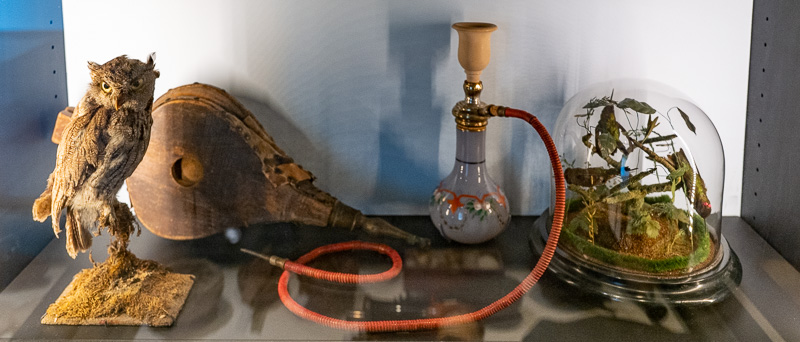
Someone please stop me. A final hit from Ye Olde Curio Cabinet. Owl, Bellows, Bong, Bell Jar. Whoah, Nelly!
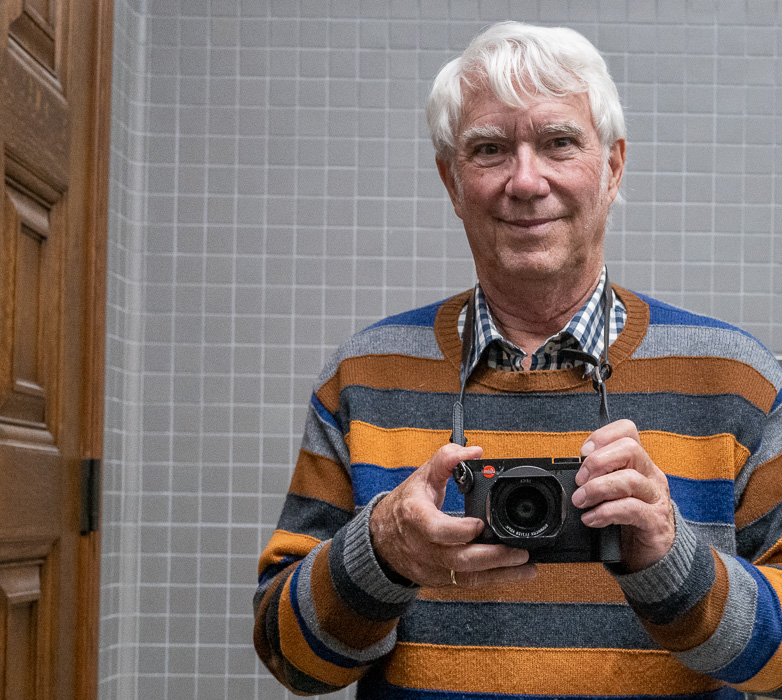
The rhapsodizing connoisseur.

The frikkin’ lobby. Getaddahere alreaady.
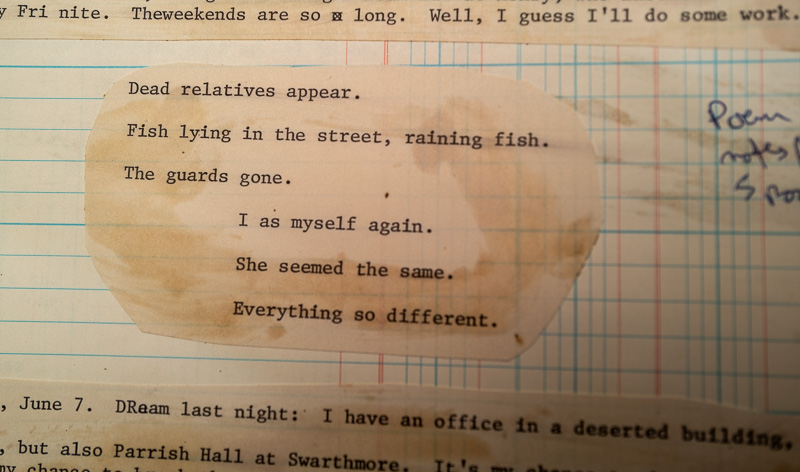
An early 1980s poem I found in one of my scrapbooks. I think I was working on my novel The Secret of Life at that time. And working on my relationships.

Awesome mural in the Mission near Precita Park. Love the hoo-doo man with his multiple hand pases. Hell, who needs a MVSEVM!
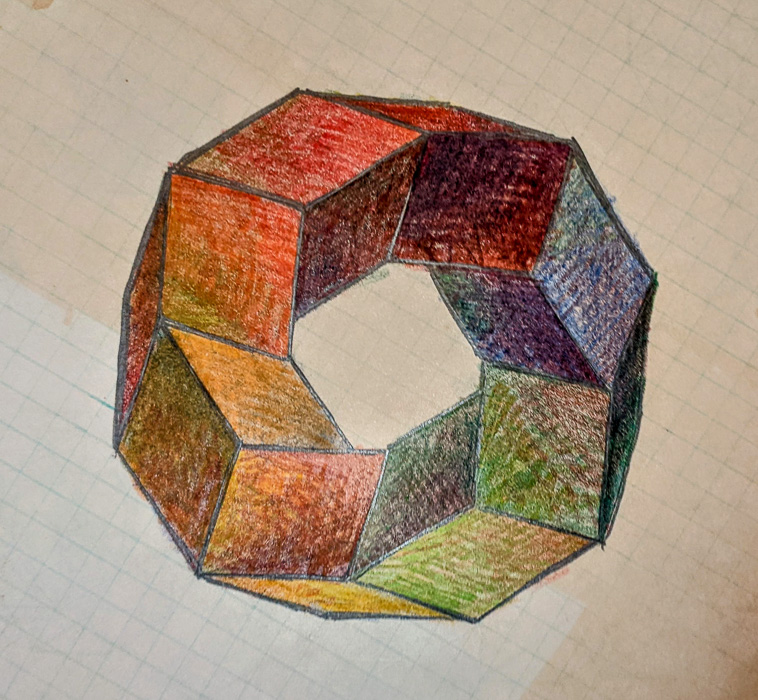
Another scrapbook find. 1986. We were nearing the end of our time in Lynchburg, VA, about to move to the promised land of California.
I did my “Early Years of Bitter Sturggle” in Lynchburg…wrote about six books there. Living on about $20K a year with a family of five. It helped a lot that Sylvia had a teaching job.
Anyway, I didn’t know if anyone was even reading my books, and then our of the blue these three earnest young guys showed up at my “office” (in an abandoned builiding) and one of them, Todd Michau, gave me this wonderful drawing he’d made of a four-dimensional object.
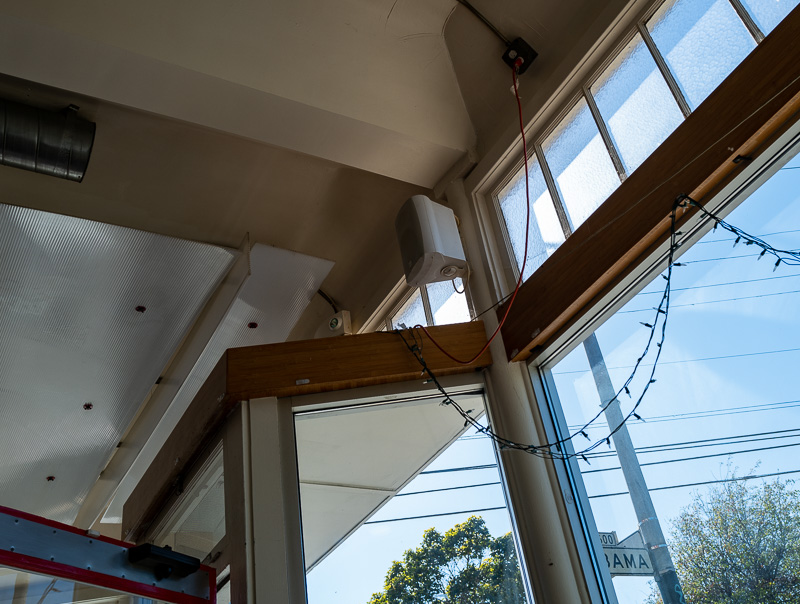
The kind of picture I never got tired of shooting…lines and planes, vaguely higher dimensional. This in the restaurant on Precita Park, we were waiting to meet Rudy Jr.
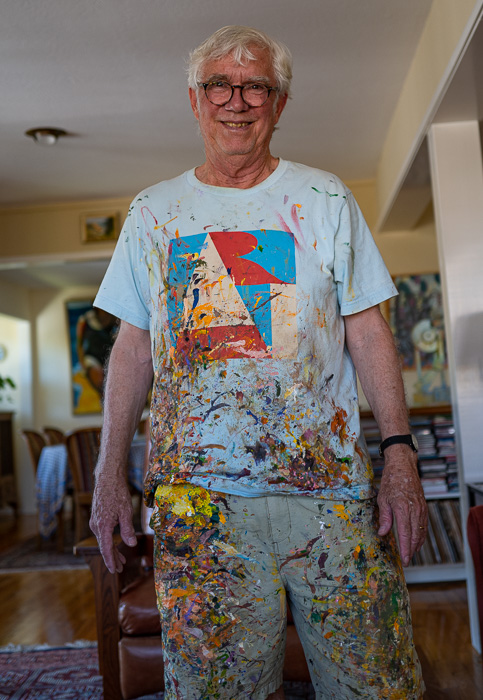
Here I am in my painting clothes. Even better than torn jeans.
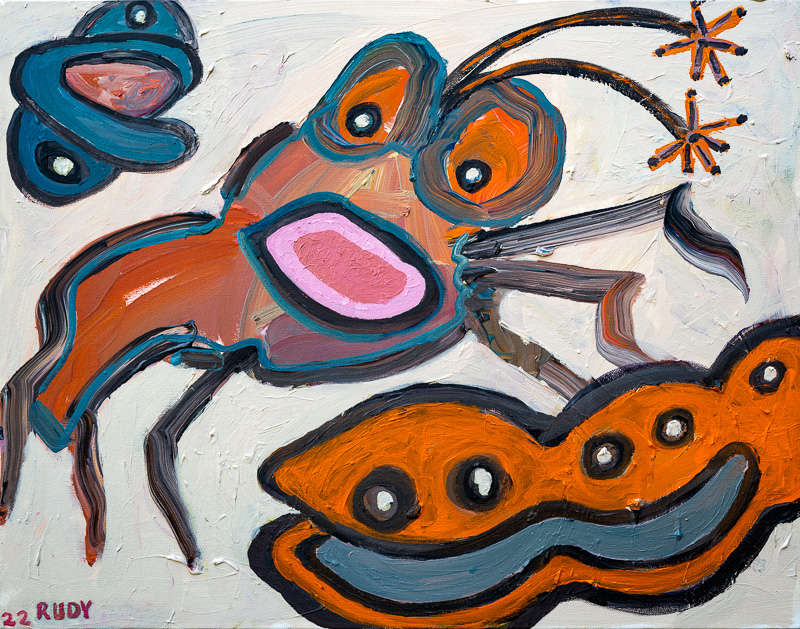
225. Saucer Clam, Anchor Shrimp, Conger Eel. Acrylic, 24″ x 22″, April, 2022.
I slopped on some blobs to see what I might make of them. Added some legs to the blob in the middle, and then filled in a buff white background around the blobs so the images would pop. I went for an ocean theme, with a touch of saucers; for instances, the clam at the top is a double-domed UFO. The thing in the middle is talking crustacean with broadcasting antennae, like a reporter. An anchor shrimp. I put a touch of magenta in the shrimp’s mouth to pep it up. Otherwise I stuck to cadmium orange, plus gray and blue. The thing at the bottom is a string of UFOs merged to make a long, wavy mouth. A conger eel—whatever that is.

The view from Burton High School in San Francisco. Someone we know is a student there.
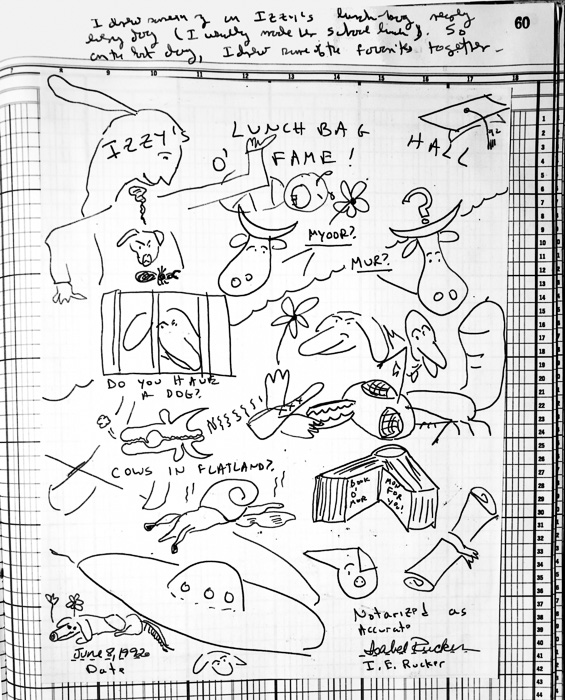
Another old drawing found in my scrapbooks, from around 1985. I used to make lunch for the kids, and, toward the end, especially for Isabel, who was the only one still in grade school. Lunch in a brown paper bag, and I liked to draw something on the bag every day. Isabel and I though this was funny, and we had a library of certain standard motifs. Curious Cow, Arf the dog, Pig with flopy ear, Diploma, Book of Morman (who knows why), UFO, Snail, Ant, and so on. It was nice of Isabel to let me keep doing this, and not be too embarassed.
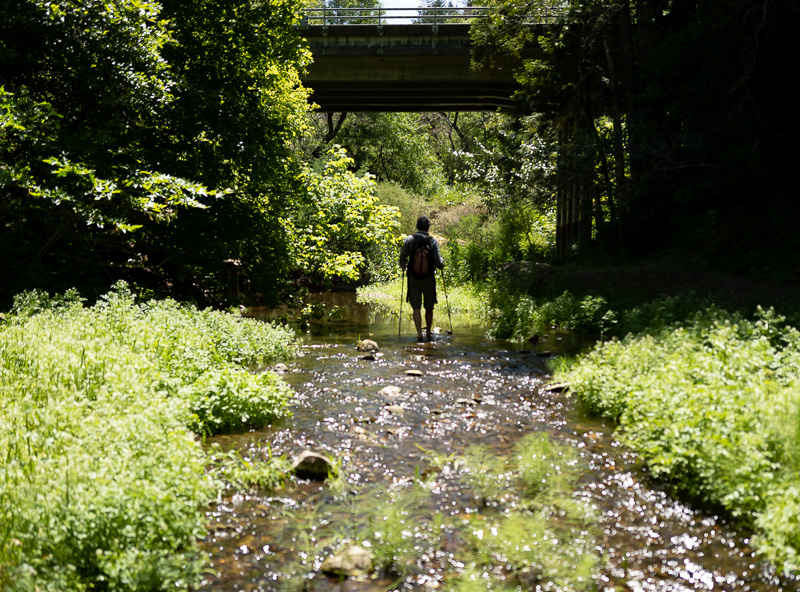
Rudy Jr. had a big birthday last week. We went walking in the headwaters of Los Gatos Creek. This overpass like a doorway to Rudy’s future. Time is a goon.
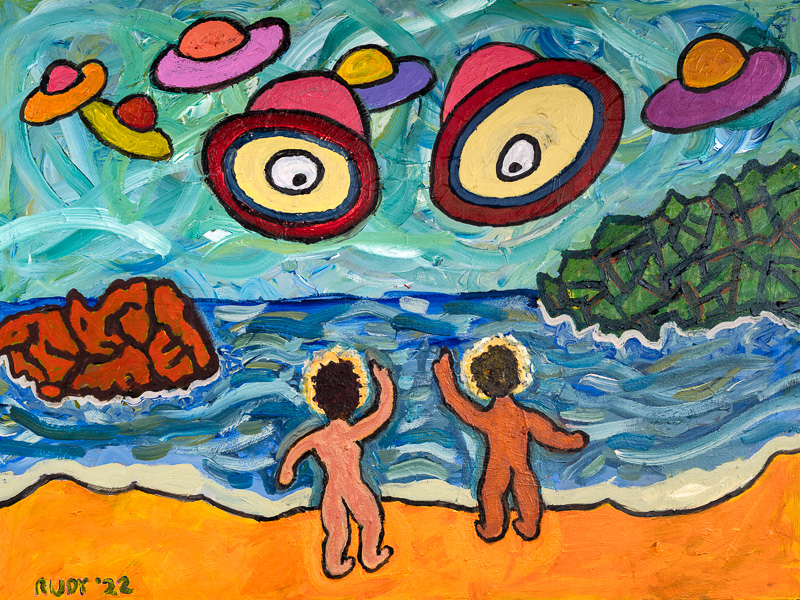
223. Visitors, or, Hailing a Ride. Acrylic, 30″ x 24″, March, 2022.
This is a painting when I wanted to kick out the jams and go wild with UFOs, including a type that has its lower edge tipped up and an eye peeping out. I’m thinking of a primordial beach here, kind of an Adam and Eve scene. They’re holding up their fingers as if hailing a ride. Their heads are illuminated by the higher light emanating from those giant UFOs.
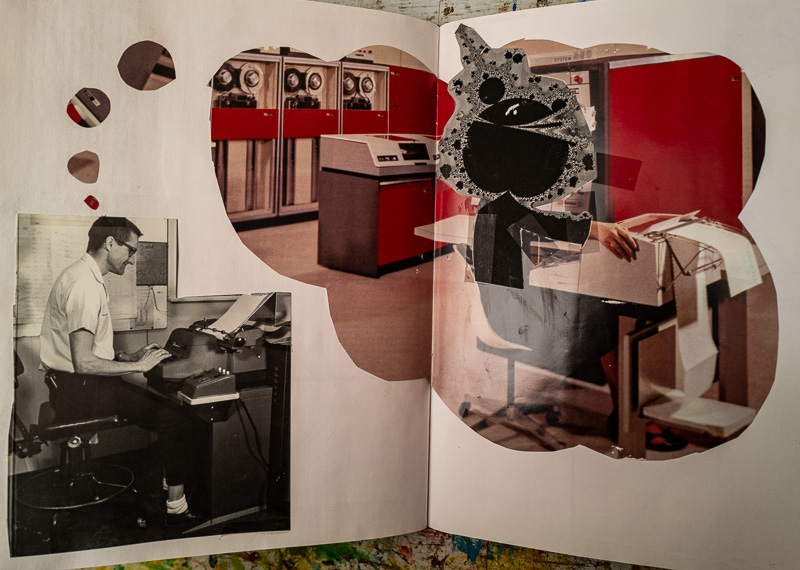
Another find in my old scrapbooks. The idea is that the nerdy tech worker on the right dreams of having a svelte female collaborator. Note that her “head” is a section of the cubic Mandelbrot set with a chic topknot.
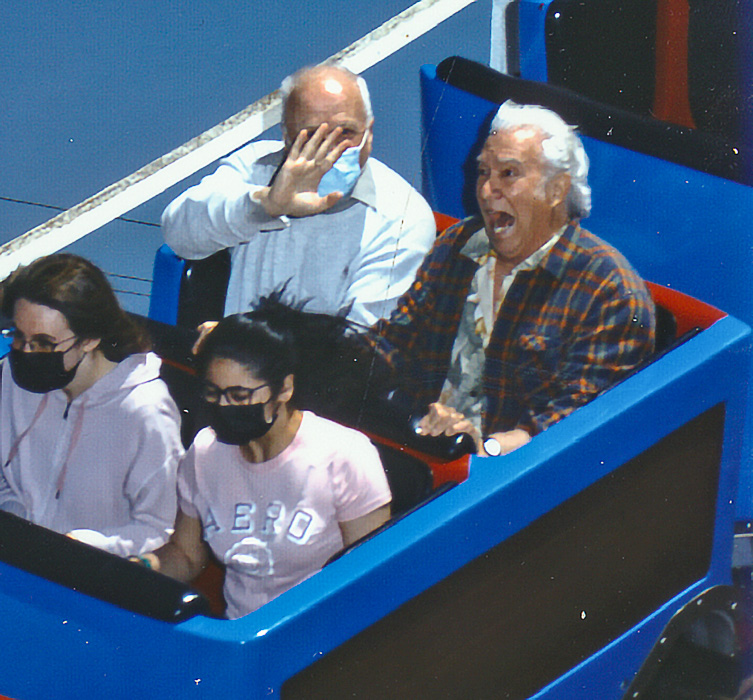
Last week Sylvia and I met our friend John Pearce at went down to Seabright Beach in Santa Cruz. Jon and I walked over to the Boardwalk amusement park and I recklessly acceded to Jon’s suggestion that we ride on the Giant Dipper roller coaster. Dig the automatically taken photo of me. I’m not pretending to scream. I was screaming in a disturbingly low and hoarse voice for a full two or three minutes.
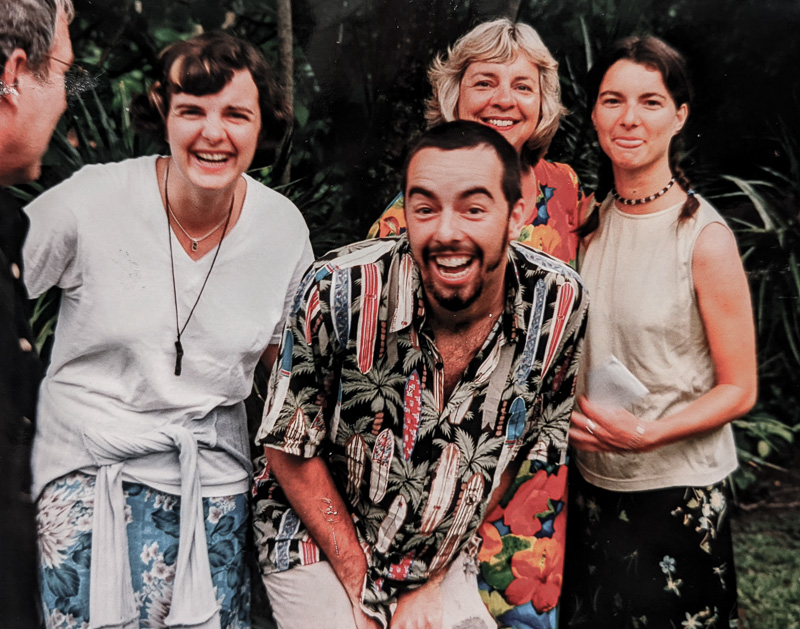
Just for old time’s sake, here’s Sylvia and the kids at our rented cottage in Kauai in the late 80’s. I was trying to shoot in self-timer mode, which hardly ever works, thus the back of my head on the left.

Morning light on a crystal vase, ahh.

As I think I mentioned, we were on Angel Island this weekend for RRJr’s birthday. Sylvia and I rode a little tram around the island and caught this fab view. To my eye, the binocs look like a robo observor. That little ring at the bottom might be his mini UFO.
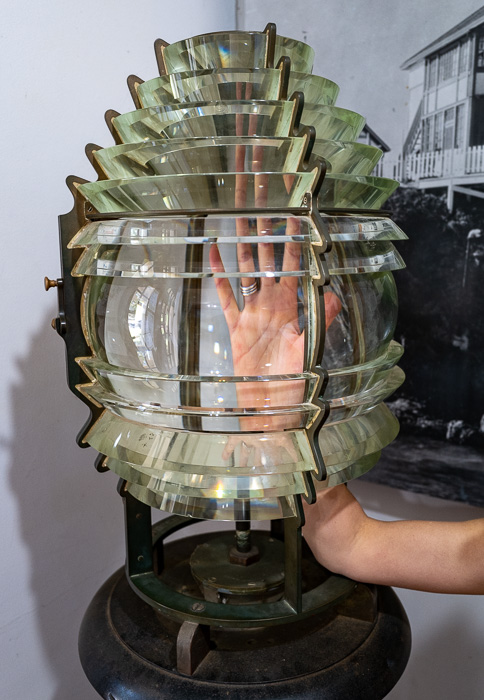
A small Fresnel lens on display at the Angel Island headquarters. Isabel’s arm inside it. Love the warp.

On the tram tour, we saw some old dorms and offices from the immigrant-processing days. The buildings now somewhat hollowed out. I like this creepy staircase to the windowless window. The patchy plaster. Time is a goon.









